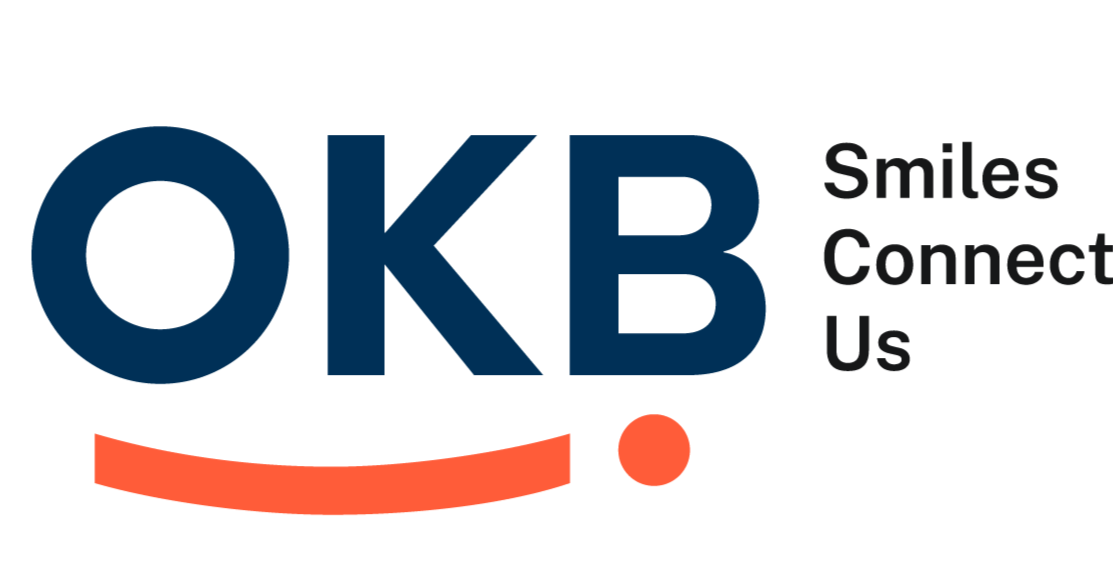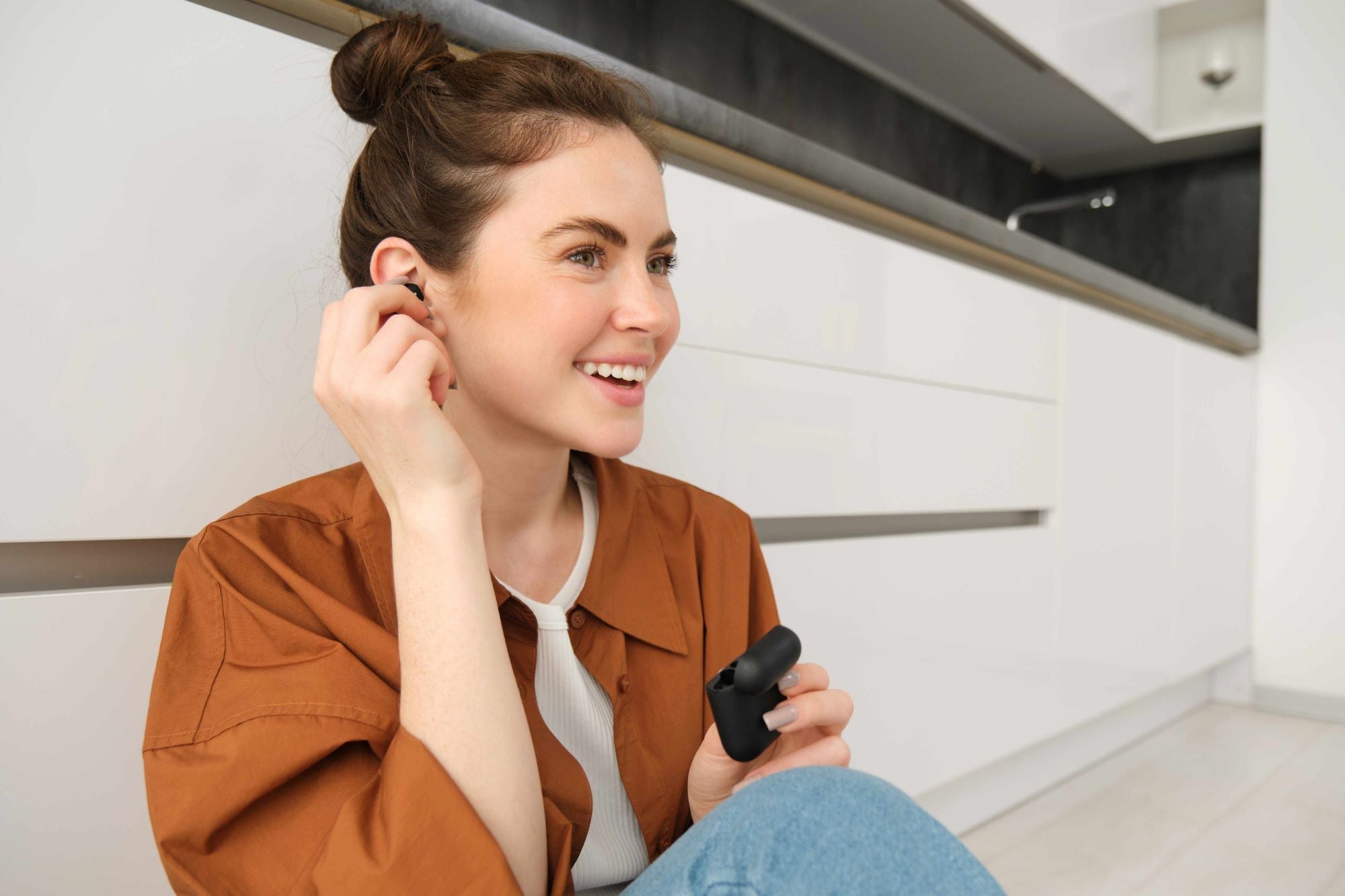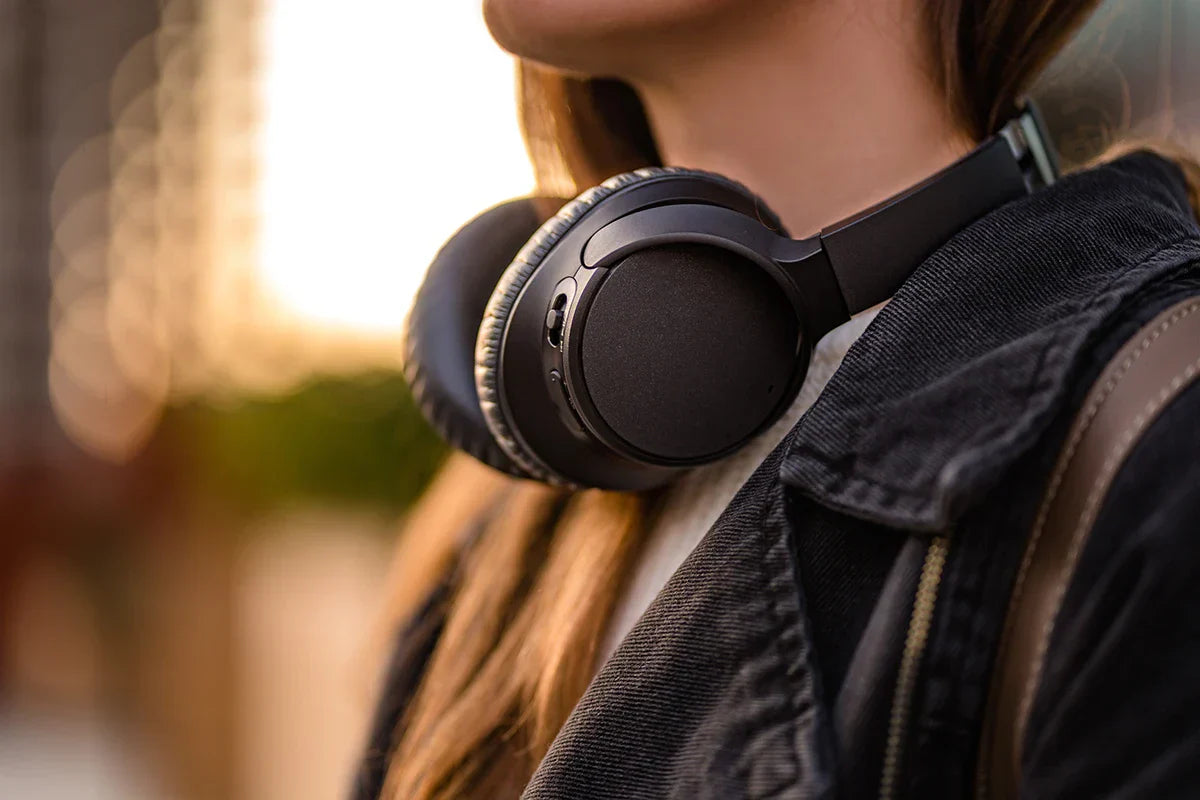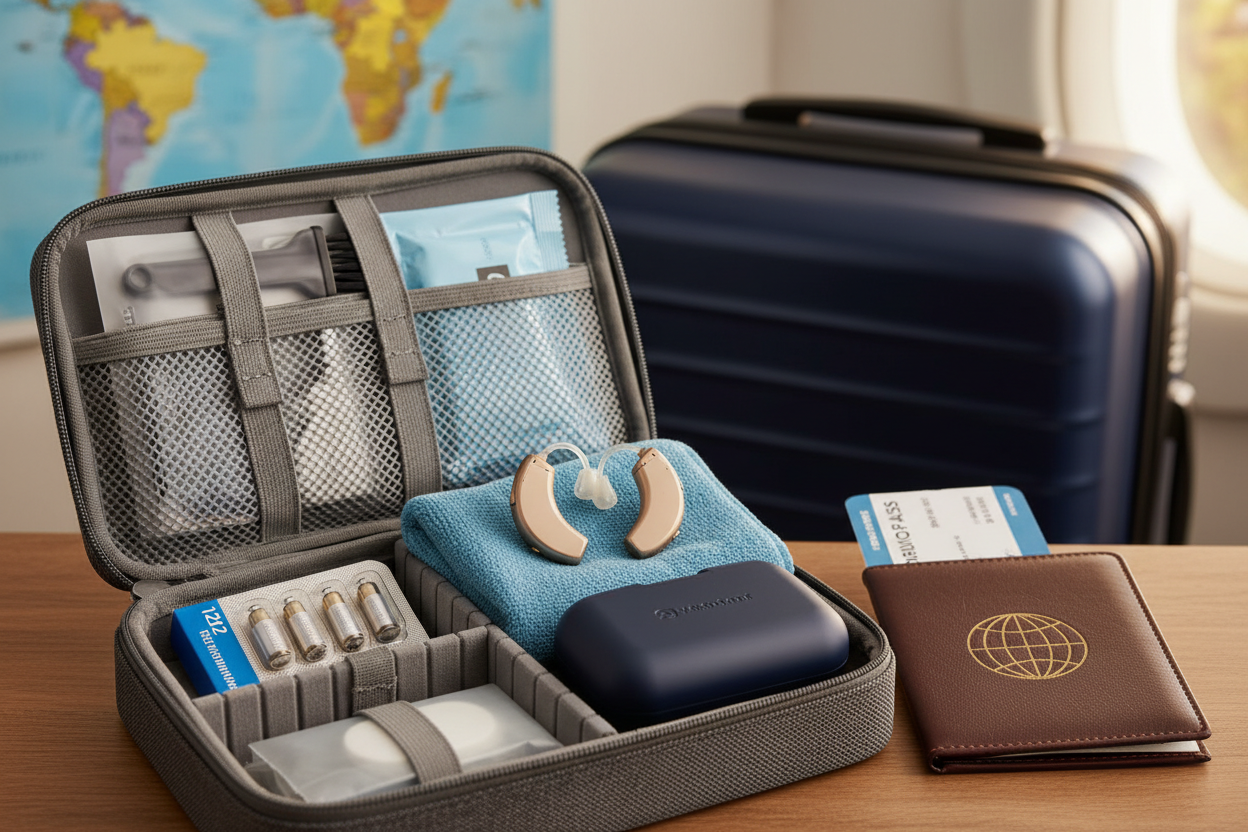The best hearing aids in 2025 come with a wide price range - a single device costs anywhere from $400 to $5,000. Traditional prescription pairs typically run between $3,000 and $8,000, but the market now has budget-friendly options with advanced technology. The latest models showcase amazing breakthroughs. Phonak's DEEPSONIC chip doubles or triples your chances of understanding speech from any direction. Starkey stands out with its impressive 51-hour battery life. The Oticon Intent's AI-driven technology captures 35% more speech cues than older versions. This piece covers the top 12 hearing aids of 2025 and gives you a detailed look at their sound quality, battery life, and features. You'll find everything you need to pick the right hearing aid, whether you want a premium prescription device or an over-the-counter option.
Understanding Hearing Aid Types in 2025
"AI algorithms will enhance real-time adjustments based on the environment, ensuring clearer sound quality, especially in complex, noisy situations like restaurants or family gatherings." — Hearing Aid Technology, Hearing aid technology information website Hearing aids in 2025 have changed by a lot. They now come in many options for different levels of hearing loss. Today's hearing aids blend cutting-edge tech with easy-to-use features, making them better and more available than before.
Prescription vs OTC Models: Key Differences
Prescription hearing aids lead the way in treating hearing loss, especially for people with severe to profound hearing problems. These devices need an audiologist to fit and program them. This ensures they work their best through real-ear measurements and personal adjustments. They also come with top features like better noise reduction and smart sound processing. OTC hearing aids hit the market in October 2022. They work well for adults who have mild to moderate hearing loss. These devices cost between $400 and $2,500, making them much cheaper than prescription ones. Research shows many people still like working with hearing specialists even though OTC options are out there. The Jabra Enhance Select 500 costs $1,795 per pair. It shows a mixed approach by offering OTC access with optional expert help online.

Latest Technology Advancements
AI has changed hearing aids completely in 2025. Phonak's DEEPSONIC chip uses Deep Neural Network tech to help users hear speech 2-3 times better from any angle compared to other brands. Oticon's DNN 2.0 tech learned from over 12 million sounds and gives you 35% more speech details. Battery life keeps getting better too. Starkey's Edge AI runs for 51 hours, including 45 hours of wireless streaming. A quick 7-minute charge gives you 3 hours of use, which helps with battery concerns. Bluetooth features have grown a lot. Most top devices now work with both iOS and Android. Auracast broadcast audio tech will change how hearing aids connect to sound systems in theaters and airports. These devices are tougher now, with many rated IP68 for water resistance. Companies also focus more on eco-friendly materials and green design to help the environment.
Top Prescription Hearing Aids Compared
Premium hearing aids manufacturers have made incredible advances in 2025. Their new models come with amazing features that boost speech clarity and make them easier to use. Let's get into three outstanding models that showcase the latest technology in hearing aids.
Phonak Sphere Infinio: AI-Powered Performance

The Phonak Sphere Infinio hearing aids feature groundbreaking technology designed for superior speech clarity: Phonak Sphere Infinio Hearing Aids – Key Highlights
- DEEPSONIC AI Chip: Dedicated processor providing crystal-clear speech, even in noisy environments.
- Powerful Dual-chip Architecture: 53x increased processing power, improving speech comprehension by 2-3 times from any direction.
- Best-in-Class Performance: Independently rated highest-ever "speech in noise" score of 4.6/5.0.
- Flexible Battery Life: 16 hours regular use; 7 hours with intensive noise reduction.
- User-friendly myPhonak App: Volume adjustment, personalized sound profiles, health tracking, and tap control management.
Starkey Edge AI: Premium Features

Starkey Edge AI hearing aids introduce remarkable innovations for personalized, reliable hearing performance:Starkey Edge AI Hearing Aids – Key Highlights
- G2 Neuro Processor: Performs nearly two billion automatic sound optimizations daily.
- Exceptional Battery Life: Up to 51 hours per charge (45 hours with wireless streaming); 7-minute quick charge provides 3 hours of use.
- Pro8 HydraShield Waterproofing: Safe underwater at 1 meter for up to 30 minutes.
- Advanced Health Monitoring: Includes fall detection and balance assessment aligned with CDC's STEADI protocol.
Oticon Intent: Advanced Noise Reduction
The Oticon Intent hearing aids showcase cutting-edge advancements designed to significantly enhance listening experiences in 2025:
Oticon Intent Hearing Aids – Key Highlights
- 4D Sensor Technology: Adapts hearing based on head and body movements, conversations, and surroundings.
- Deep Neural Network 2.0: Trained on 12 million real-life sounds, offering 35% more speech clarity.
- Improved Noise Reduction: Enhances speech contrast by up to 5dB.
- High Speech Intelligibility: Scores 58%, surpassing normal hearing (40%) in difficult situations.
- User-friendly Features: Clearer audio, extended battery life, and intuitive controls.
Best OTC Hearing Aids Review
OTC hearing aids have revolutionized access to hearing care by offering quality devices at more affordable prices. Two models in 2025 show remarkable progress in OTC technology that delivers premium features without the premium price tag.
Jabra Enhance Select: Value Leader

The Jabra Enhance Select hearing aids combine advanced technology with personalized, hassle-free usability:Jabra Enhance Select Hearing Aids – Key Highlights
- Outstanding Sound Quality: Select 500 ranks in the top 5% for noise management (SoundGrade rating).
- Long-lasting Battery: Offers 24 hours on a single charge.
- Robust IP68 Protection: Superior resistance against water and dust.
- Bluetooth Connectivity: Compatible with both Android and iOS devices for seamless streaming.
- Personalized User Experience: Devices arrive pre-programmed, backed by unlimited lifetime support and remote care.
Note: The premium Select 500 model ($1,795) includes three-year warranty and follow-up care, while the more affordable Select 300 ($1,695) provides similar core features.
Sony CRE-C20: Invisible Design Champion

The Sony CRE-C20 hearing aids deliver discreetness, comfort, and premium performance in an affordable, OTC option:Sony CRE-C20 Hearing Aids – Key Highlights
- Ultra-Discreet Design: Completely-in-canal (CIC), virtually invisible during wear.
- Extended Battery Life: 28-hour battery, exceeding many competitors.
- Adaptive Sound Processing: Enhanced speech clarity and effective noise reduction.
- Comfort-Focused Fit: Includes four sizes of specialized ear sleeves.
- Customizable Experience: Sony Hearing Control app offers personalized hearing profiles.
Note: The CRE-C20 ($999) lacks Bluetooth streaming due to compact size and uses a single microphone, ideal for users prioritizing discreetness and battery life over advanced streaming and remote support.
Smart Features and Connectivity
Modern hearing aids use innovative connectivity features that boost the user experience beyond simple sound amplification. These sophisticated devices blend naturally with everyday technology and offer unprecedented control and customization options.
Bluetooth Streaming Capabilities
Bluetooth technology in hearing aids has seen remarkable growth. Premium devices now support universal connectivity. Phonak's Audéo Sphere Infinio stands out in the market by letting users pair with up to eight different devices at once while keeping two active connections. This feature helps users who often switch between multiple audio sources. Current-generation devices support these protocols:
- Made for iPhone (MFi) for Apple devices
- Audio Streaming for Hearing Aids (ASHA) for Android 11 and newer
- Bluetooth Low Energy (LE) Audio for universal connectivity
ReSound Nexia has become the first hearing aid to use Auracast broadcast technology. Users can now receive audio broadcasts in public spaces like airports and theaters. This innovation changes how hearing aid users experience sound in shared spaces.
Smartphone App Integration
Today's hearing aid come with sophisticated app-based control systems that give users the power to customize their listening experience. These applications offer several benefits: The advanced apps let users:
- Create and save personalized hearing programs
- Track battery life and usage statistics
- Locate misplaced hearing aids
- Access remote support from hearing care professionals
Starkey's Edge AI stands out with health monitoring features in its smartphone app. The app tracks physical activity and sends fall detection alerts. Oticon Intent's app uses 4D Sensor technology to improve speech comprehension by 15% in changing environments.
Battery Life Comparison
Battery performance varies among different models and usage patterns. Here's how the leading devices stack up: Starkey Edge AI leads with a 51-hour battery life, including 45 hours of wireless streaming. Oticon Intent runs for up to 23 hours per charge. Phonak Sphere Infinio works for 16 hours, though intensive noise processing reduces this time. Among OTC options, Jabra Enhance Select runs for up to 30 hours per charge. Research shows wireless streaming typically cuts battery life by about 8 hours compared to normal usage. Quick-charging has become essential. Several models now offer rapid power restoration. Starkey's devices give 3 hours of use from a 7-minute charge. This feature addresses users' concerns about battery drain during daily activities.
Cost Analysis and Insurance Coverage
Buyers looking at hearing aids in 2025 need to understand their financial aspects. Market research shows big price differences between hearing aid types, and insurance coverage keeps evolving.
Price Ranges by Category
Prescription hearing aids sit at the premium end, costing $2,000 to $8,000 per pair. These devices come with complete services that include professional fitting, regular adjustments, and warranty coverage. Premium models such as Phonak Lumity can cost up to $7,800 with advanced technology. People looking for budget-friendly options can choose over-the-counter devices, which cost between $200 to $3,000 per pair. Jabra Enhance Select devices start at $995 per pair, while MDHearing offers simple models from $297 per pair.The complete cost includes:
- Original device price
- Fitting and programming fees
- Warranty coverage
- Regular maintenance
- Battery replacements or charging solutions
Retailers like Costco help customers save money through bulk purchases and reduced overhead costs. Their hearing aids cost about $1,799 per pair, which is nowhere near what traditional sellers charge.
Insurance and Medicare Options
Traditional Medicare (Parts A and B) does not cover hearing aids or fitting examinations. This affects many seniors since all but 30% of adults aged 70 and older use hearing aids. Several coverage options exist: Medicare Advantage (Part C) plans often include hearing benefits with certain limits. Coverage limits in 2021 averaged $960, ranging from $66 to $4,000. Most plans let users get one set of hearing aids yearly, while 26% allow one pair every two years. State coverage has grown, and 23 states now require insurance companies to cover children's hearing aids. Five states make this mandatory for adults too - Arkansas, Connecticut, Illinois, New Hampshire, and Rhode Island.
Each state's coverage differs:
- Arkansas provides $1,400 per ear every three years
- Connecticut offers $1,000 every 24 months
- Delaware gives up to $1,000 per ear every 3 years
Private insurance remains limited, but 40% of Americans get some third-party payment help. Insurance typically pays about 85% of the cost every few years when available. Veterans Affairs (VA) shows remarkable efficiency by spending just $369 per hearing aid on average. This price difference from retail costs shows how institutional buying power can reduce prices. Manufacturers help people without insurance by offering financing from $26 monthly. Many employers also provide Health Savings Accounts (HSAs) or Flexible Spending Accounts (FSAs). These accounts let people use pre-tax dollars to buy hearing aids.
Making Your Final Choice
You just need to think over your personal needs and lifestyle when choosing the right hearing aid. A good approach will give a perfect match between your daily activities and hearing needs.
Lifestyle Compatibility Assessment
The best way to select a hearing aid starts with a full picture of your daily activities and listening environments. Audiologists use detailed questionnaires to get into:
- How often you communicate, from occasional chats to daily conversations
- Your listening environments, from quiet homes to busy public places
- Your physical activities and exposure to different elements
Research shows that matching hearing aid technology to what you just need has a big effect on how happy you'll be with it. People who spend time in challenging listening situations, like business meetings or large gatherings, often do better with advanced features and higher-tech devices.
Trial Period Importance
The trial period is a vital part of hearing aid success. Your brain needs time to adapt to these newly amplified sounds. Most people need several weeks of regular wear to get used to their devices. Studies show that wearing them for 10 hours or more daily helps your brain adapt faster to new hearing devices.
The trial period focuses on:
- Your original fitting and programming adjustments
- Regular check-ups for fine-tuning
- Slowly increasing your wearing time
- Testing how well they work in different places
Most states require a 30-60 day trial period. You can return the devices if they don't work for you. This gives you enough time to test them in different sound environments and situations.
Professional Support Options
Professional support helps improve your success rates with hearing aids. Modern hearing care includes different service types: Remote care has grown a lot, with 92% of users saying they'd recommend virtual appointments. Even better, 64% of patients prefer remote sessions over in-person visits.
Support services include:
- Immediate programming adjustments
- Help with troubleshooting
- Training for better communication
- Regular hearing checks
- Tips for device maintenance
Experts suggest you schedule check-ups at least twice a year. These visits help make sure your device works properly and can be adjusted as your hearing changes. Telehealth options now offer sophisticated video consultations and remote programming. This helps people in rural areas, where more than half of U.S. counties don't have local audiologists.
Comparison Table
| Model | Type | Battery Life | Sound Technology | Water Resistance | Connectivity |
| Phonak Sphere Infinio | Prescription | 16 hours | DEEPSONIC chip with 53x processing power | Not mentioned | Up to 8 paired devices |
| Starkey Edge AI | Prescription | 51 hours (45 with streaming) | G2 Neuro Processor (80M analyzes/hour) | Waterproof up to 1m for 30 min | Bluetooth streaming |
| Oticon Intent | Prescription | 23 hours | Deep Neural Network 2.0 (12M samples) | Not mentioned | Bluetooth compatible |
| Jabra Enhance Select 500 | OTC | 24 hours | Not specified | IP68 rated | iOS and Android compatible |
| Sony CRE-C20 | OTC | 28 hours | Adaptive soundscape processing | Not mentioned | No Bluetooth streaming |
| Mimitakara Bone Conduction Hearing Amplifier | OTC | 8 hours | Not specified | Not mentioned | Wireless connection available |
| OKB Hearing Voice Everyday | OTC | 10 hours | True Wireless Hearing | Not mentioned | Bluetooth compatible |
OKB Hearing Aids

Conclusion
The 2025 hearing aid market gives you amazing choices in both prescription and OTC devices. High-end products like Phonak Sphere Infinio come with innovative AI features. Jabra Enhance Select offers professional quality at a better price point. Great sound quality tops the list of what matters most. Battery life now runs from 16 to 51 hours, which is impressive. Starkey Edge AI stands out with the longest battery life, even when you're streaming content. On top of that, you get smart features like fall detection, health tracking, and advanced noise reduction - showing how far hearing technology has come. Prices range from $400 to $8,000 for a pair. Medicare still has limited coverage, but more insurance options and payment plans make quality hearing aids easier to get. Getting the right support makes a big difference in your results, whether you visit an office or use remote care services. Your choice between prescription and OTC models comes down to your hearing needs, lifestyle, and budget. Today's hearing aids give you amazing clarity and connect easily to your devices. These innovations help millions of people hear better worldwide.
Frequently asked questions (FAQs)
Q1. How do prescription hearing aids compare to over-the-counter (OTC) options?
Prescription hearing aids offer more advanced features and customization for severe hearing loss, typically costing $2,000-$8,000 per pair. OTC options are more affordable ($200-$3,000 per pair) and suitable for mild to moderate hearing loss, with easier accessibility but potentially fewer advanced features.
Q2. What are the latest technological advancements in hearing aids?
Recent advancements include AI-powered sound processing, extended battery life (up to 51 hours), health monitoring features like fall detection, and improved connectivity options such as universal Bluetooth compatibility and Auracast broadcast audio technology.
Q3. How important is professional support when using hearing aids?
Professional support is crucial for optimal hearing aid performance. It includes initial fitting, regular adjustments, and ongoing maintenance. Many users now prefer remote care options, with 92% recommending virtual appointments for convenience and accessibility.
Q4. What should I consider when choosing a hearing aid?
When selecting a hearing aid, consider your lifestyle needs, the severity of hearing loss, budget, battery life, and desired features like smartphone connectivity. It's also important to take advantage of trial periods and ensure ongoing professional support is available for adjustments and maintenance.







Share:
10 Essential Tips for Getting Used to Your New Hearing Aids
The Surprising Link Between Hearing Health and Your Overall Well-Being